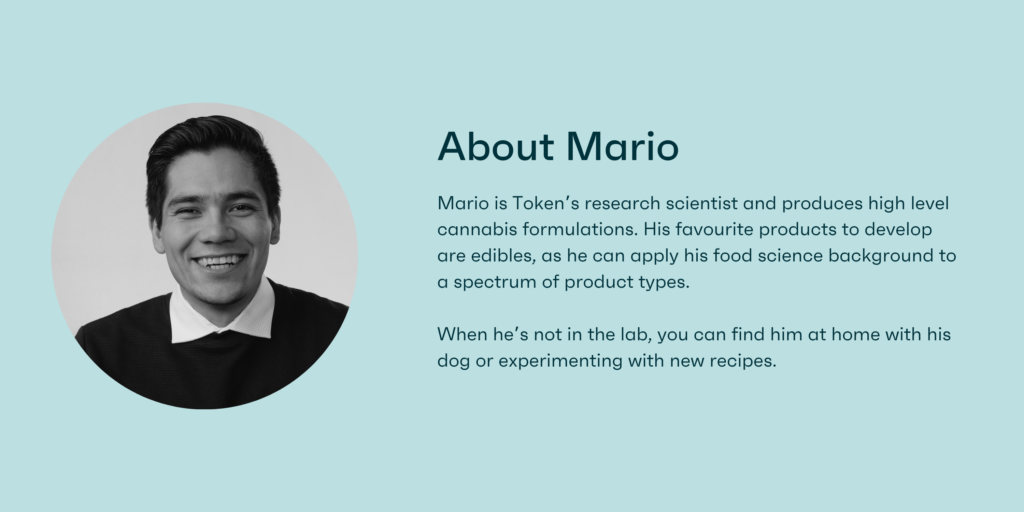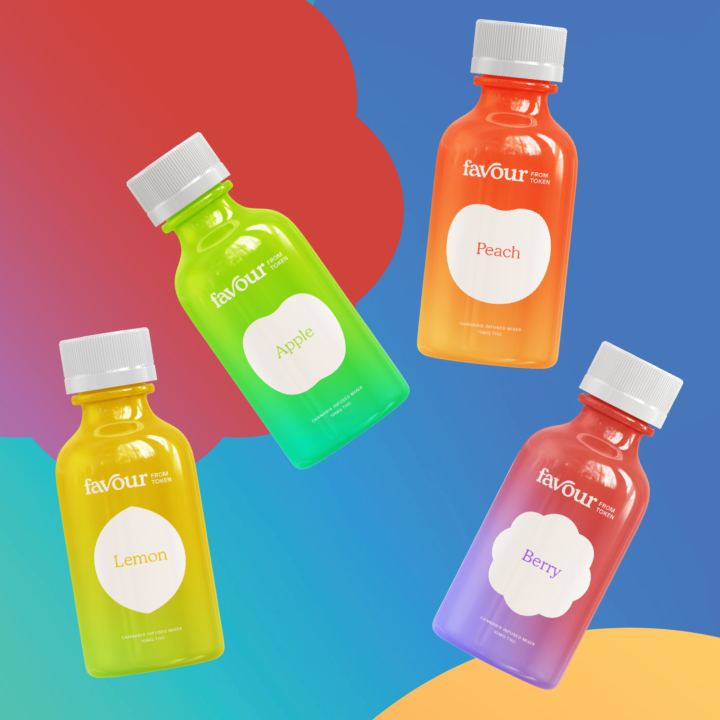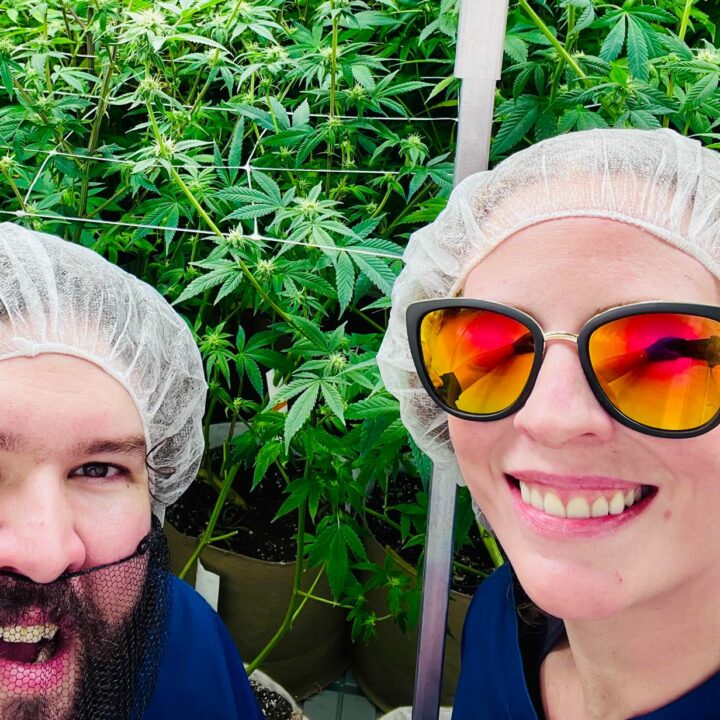5 things you need to know about cannabis formulation: lessons from a research scientist
Looking to bring a cannabis product to the Canadian market? Check out this quick guide for everything you need to know about formulating cannabis products and what questions you should consider before moving forward.
Decide what type of cannabis product you’re interested in
The first step in the cannabis formulation process is to decide what type of product you want to create. With so many different ways to consume cannabis, it can be difficult to know where to start. This cannabis consumer report from Deloitte can give you a starting place to look at which products are performing well. You can also talk to your local budtender or retail store owner to get a sense of what people are asking for.
Not sure where to start? Our team is available to help with product idea generation and screening. This helps to ensure that your idea meets the perceived needs of customers and consumers.
Once you’ve identified the cannabis product you want to create, you’ll need to find a manufacturing partner with a Standard Processing license to produce it for you. Do some research to see which companies can produce the type of product you want to make. At Token, we’re able to produce cannabis oils, tinctures, vapes, topicals, beverages and edibles. Learn more about our service offering here.
Will your cannabis formulation be water-soluble or oil-soluble?
For any type of product you want to create, you’ll need to determine what the components will be. A good starting point is to identify whether it will be water or oil soluble.
The medium your cannabis is dissolved in affects its absorption rate and the onset of the effects. Do you want your product to have a rapid onset? Or a slower, more gradual onset? Water- and oil-soluble products are absorbed differently in the body. Since our bodies are made up of up to 60% water, oil-soluble products resist absorption in the blood stream. This means that it takes longer for the onset of effects. Water-soluble products are absorbed faster, therefore you feel the effects quicker.
Whether the formulation is water- or oil-soluble also affects how much of the terpenes will be absorbed. Some studies have shown that bioavailability increases significantly where water is the carrier. For example, tests have shown that on average, only 5-10% of the CBD in an oil mixture is ultimately absorbed — that’s a lot of cannabinoid loss! Keep this in mind when choosing your carrier.
Which cannabinoids will you include and in what ratio?
This is the most important part of your formulation: the cannabis itself. The cannabinoid ratios you choose will depend on your target consumer.
You have probably heard of more popular cannabinoids like tetrahydrocannabinol (THC) and cannabidiol (CBD). THC is known for its mind-altering euphoria, is often used to relieve nausea, appetite loss, insomnia and other symptoms. CBD, on the other hand, is non-intoxicating and is used to manage symptoms and conditions like:
- Epilepsy and other seizure disorders
- Pain and inflammation
- PTSD and anxiety
- Crohn’s disease
- MS
In addition to THC and CBD, you can also consider adding lesser-known cannabinoids like CBG and CBN. Cannabigerol (CBG) is non-intoxicating and appears to have anti-inflammatory effects, while Cannabinol (CBN) has been gaining attention in the scientific field as of late for its potential benefits for arthritis and its potential efficacy as a sleep aid.
Will you include flavours or terpenes?
A terpene is a compound or mixture of compounds that gives a formulation its smell or flavour. For example, the pleasant aromas of pine needles, mint leaves, and other herbs are due to terpenes.
Common cannabis terpenes include:
- Mycrene: fruit, red grape-like aroma
- Limonene: citrusy smell (like lemon)
- Linalool: spicy and floral notes
- Caryophyllene: spicy and peppery
- Alpha-pinene and beta-pinene: pine trees
- Eucalyptol: minty, eucalyptus tones
Be mindful that the terpenes you use can also affect the absorption of cannabinoids like THC or CBD. This will alter the desired effects of your product.
Is the product financially and legally feasible?
Before you proceed with formulating your product, one of the biggest questions you should be asking is “can I make this product for the Canadian market?” Our team’s formulation process includes a preliminary research service that is designed to assess the feasibility of your desired cannabis product. Our team will take your product concept and desired specifications and return a detailed formulation research report to you within two to four weeks’ time.
A feasibility report ensures that your product idea can meet the technical aspects of formulation (such as solubility, look, and flavour), current Health Canada regulations and financials that you outline in your budget. This way, you have all the information you need before investing additional time and resources into production.
To learn more about our feasibility reports, get in touch here.
Final considerations: how will you bring your product to market?
You’re on the homestretch, but there are still a few details to finalize before you proceed with your product formulation. You need to consider the logistics around how you will bring your product to market.
To bring a product to the Canadian market, you need a Sales Licence from Health Canada. Does your company have a sales license? If not, you may want to factor that into your decision and choose a partner who has access to one. This will make the market entry process smoother, as your partner will be able to manufacture and bring your product to market on your behalf. You’ll also need to figure out which province you’re planning to launch your product in. Each province has its own distribution board (save for Saskatchewan) that you’ll need to submit your product to for review.
Before you launch your product, determine who is doing the branding, packaging and labelling. Your brand is critical to your product’s success. It is the “why” behind your product. If you’re looking for help in this area, Token offers brand development as a service to our partners.
Want to partner with us to bring your cannabis product to market? Get in touch.

Share This



